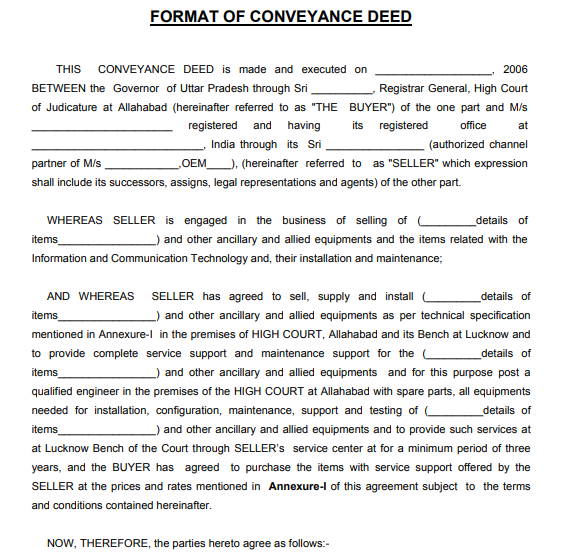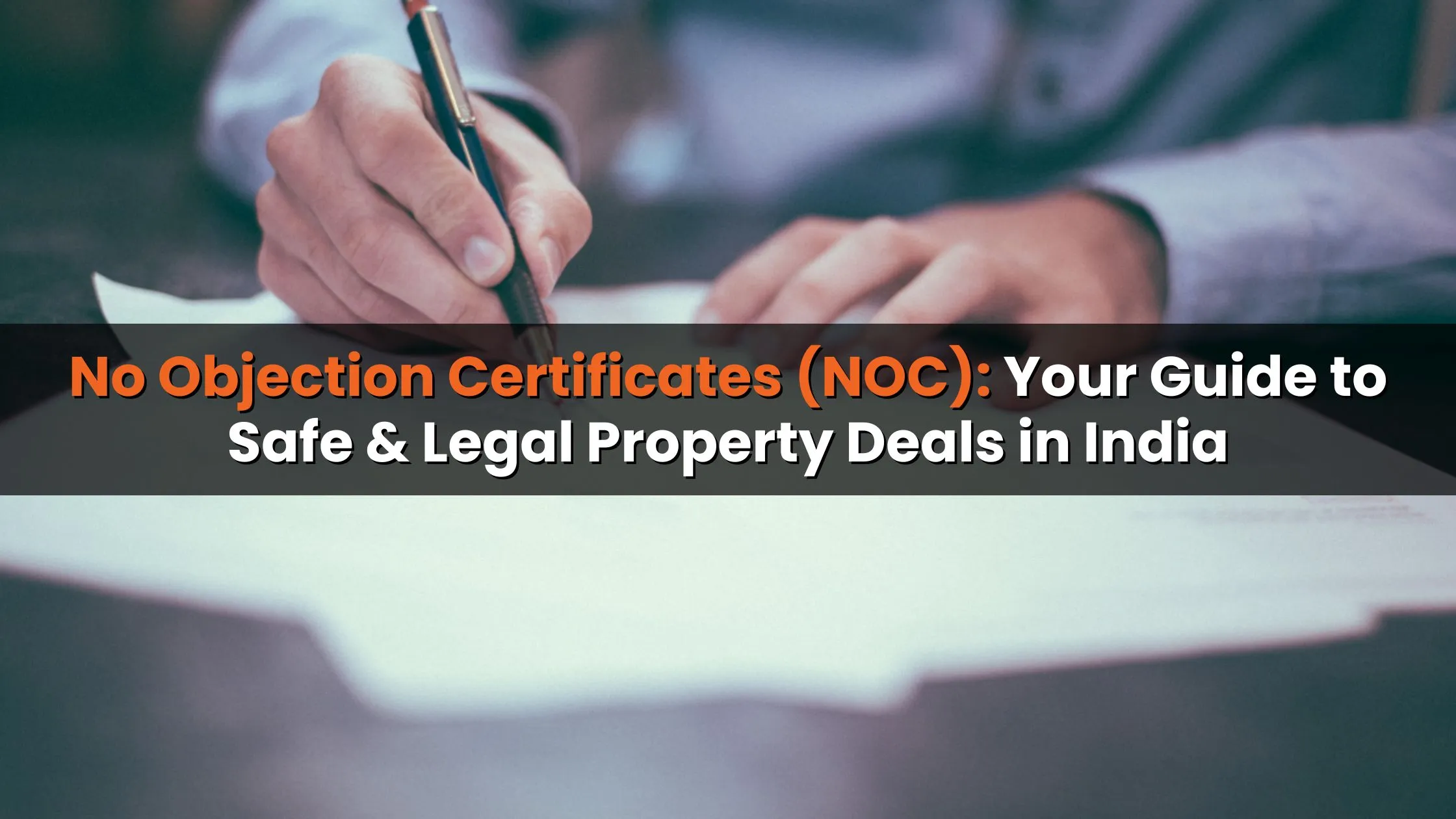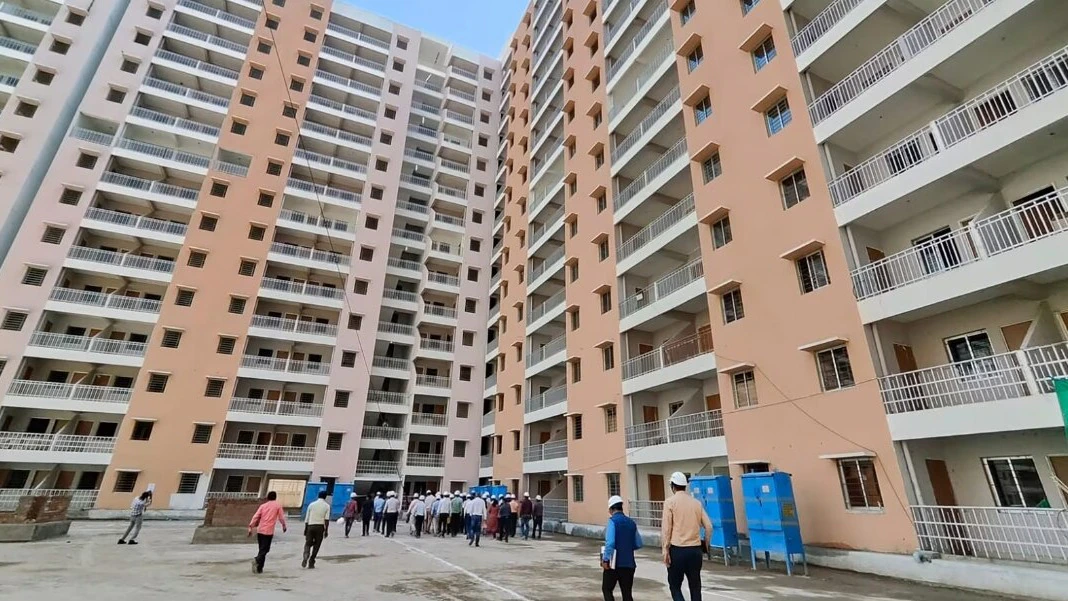Types of Conveyance Deeds
1. Sale Deed: This is the most commonly used conveyance deed, executed during the purchase and sale of property. A sale deed serves as evidence of the transfer of ownership and confirms the payment made for the property.
2. Gift Deed: Used to transfer property as a gift, a gift deed does not involve any monetary exchange but requires the payment of stamp duty. It legally formalizes the transfer of ownership as a gift.
3. Exchange Deed: An exchange deed is executed when two parties agree to swap ownership of their respective properties. This type of conveyance deed is mutually agreed upon by both parties.
4. Lease Deed: This deed grants leasehold rights to a lessee while the ownership remains with the lessor. It is valid only for a specified rental period.
5. Settlement Deed: A settlement deed is used for transferring property as part of a family settlement, such as the partition of ancestral property.
6. Will Deed: A will deed transfers property ownership to legal heirs based on the instructions in a will. This type of deed takes effect only after the death of the will holder.
Uses of a Conveyance Deed
A conveyance deed is crucial for the legal transfer of property. It helps prevent fraudulent activities and serves as a proof of ownership transfer. Always request a copy of the conveyance deed when purchasing property to ensure legitimacy.
Registration of a Conveyance Deed
Under the Registration Act of 1908, registering a conveyance deed is mandatory. An unregistered conveyance deed lacks legal standing and cannot be used as evidence in court. Benefits of registering a conveyance deed include:
- Legal Validity: Provides legal sanctity and validity to the deed.
- Evidence of Transfer: Acts as proof of the transfer of property title.
- Protection of Rights: Safeguards the new owner's rights against third-party claims.
- Future Transactions: Necessary for future property sales.
- Land Records: Essential for updating land revenue records.
Here is the format of the conveyance deed:-

Procedure for Obtaining a Conveyance Deed
To obtain a conveyance deed, follow these steps:
1. Title Verification: Ensure the seller has the legal right to transfer the property by conducting a title verification. You can use online title verification services to confirm the property's legitimacy.
2. Draft a Sale Agreement: The sale agreement is a foundational document for the conveyance deed. After verifying the title, create a sale agreement that outlines all terms and conditions of the property transaction.
3. Pay Stamp Duty and Registration Charges: Next, pay the stamp duty and registration charges, which vary by state. These fees are government levies on property transactions.
4. Execute the Conveyance Deed: Once both parties have signed the sale agreement in the presence of two witnesses and paid the necessary fees, proceed with drafting the conveyance deed. Verify all details in the deed before signing.
5. Register the Conveyance Deed: Register the conveyance deed at the nearest Sub-Registrar's office within four months of execution. Ensure all required documents are attached to the deed.
Who Prepares Conveyance Deeds?
A lawyer typically prepares the conveyance deed. They handle the legal documentation and ensure the transfer of ownership is conducted legally. In some cases, a real estate agent may assist in documenting the deed. The buyer is responsible for paying the stamp duty on the conveyance deed.












_1766133697.webp)
Ans 1. The purchase or transfer of real estate properties in India requires the execution of a legal document known as a conveyance deed. A conveyance deed formally conveys the rights, title and ownership interest in a property from one party to another. It serves as legal proof of the property transfer transaction.
Ans 2. A sale deed does not establish the legal rights and obligations of the buyer and seller beyond the terms of the sale agreement. On the other hand, a conveyance deed creates legal proof of ownership rights and establishes the legal obligations of the buyer and seller regarding the property.
Ans 3. Conveyancing is the legal process of transferring the ownership of a property from one person to another. It is important because it provides legal protection, helps avoid costly mistakes, saves time, and provides peace of mind for both the buyer and seller.
Ans 4. SO IF NOT REGISTERED, IT IS NOT VALID, AS PER YOUR VERSION. THE SAME IS ONLY A WRITTEN DOCUMENT. NO RIGHT WILL BE TRANSFERRED TO THE PURCHASER BY THIS INSTRUMENT. BE REMEMBER, IN PREVIOUS TIME, EXTRA STAMP DUTY ASSESSED BY THE REGISTRAR AFTER PRESENTATION OF SALE DEED AND IT CAN BE DEPOSITED LATER ON.
Ans 5. A conveyance deed, however, is a broader term that can be referred to any type of deed used for the transfer of ownership of a property, including a sale deed, gift deed, exchange deed, partition deed, release deed, mortgage deed, or lease deed.